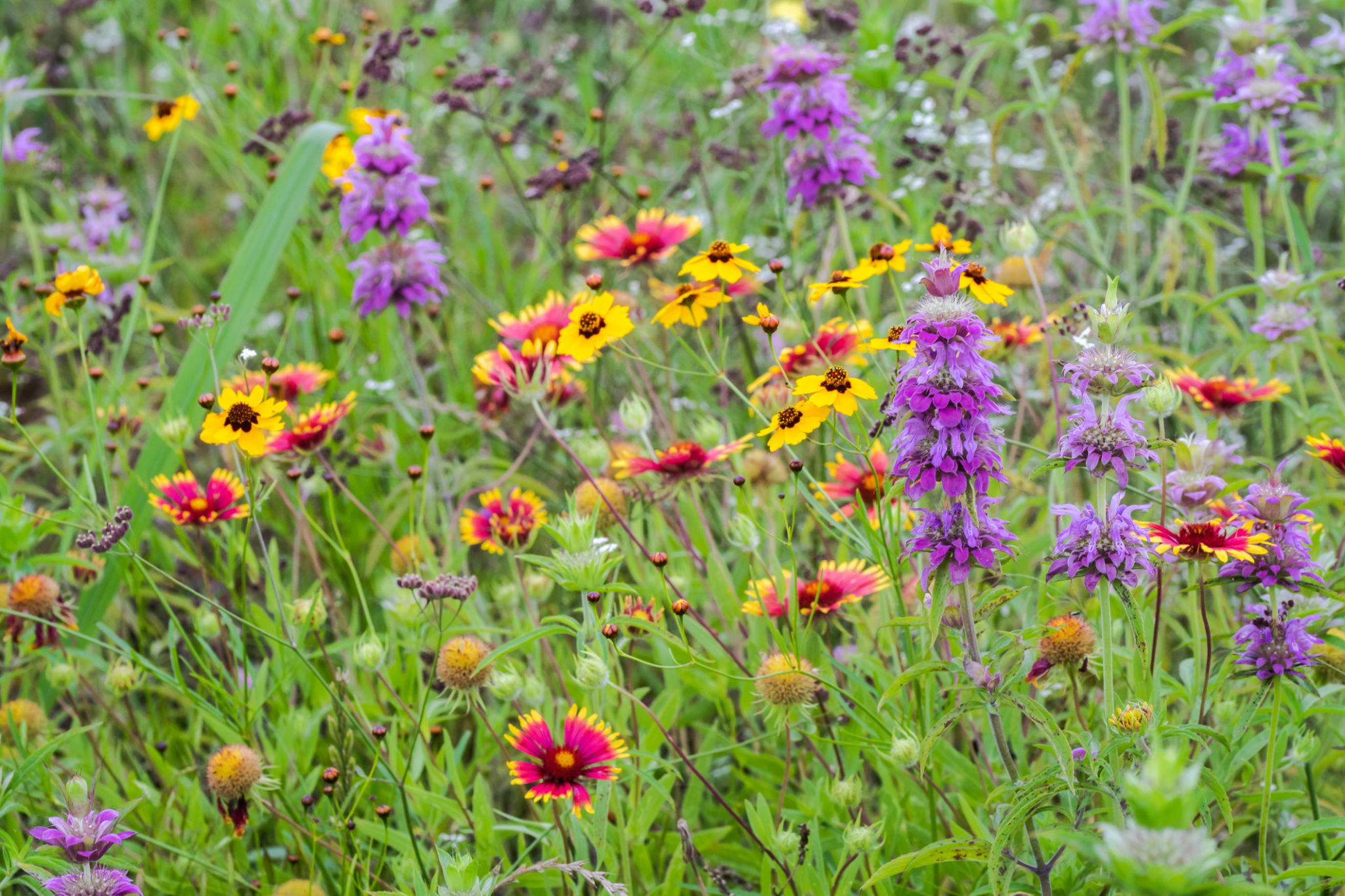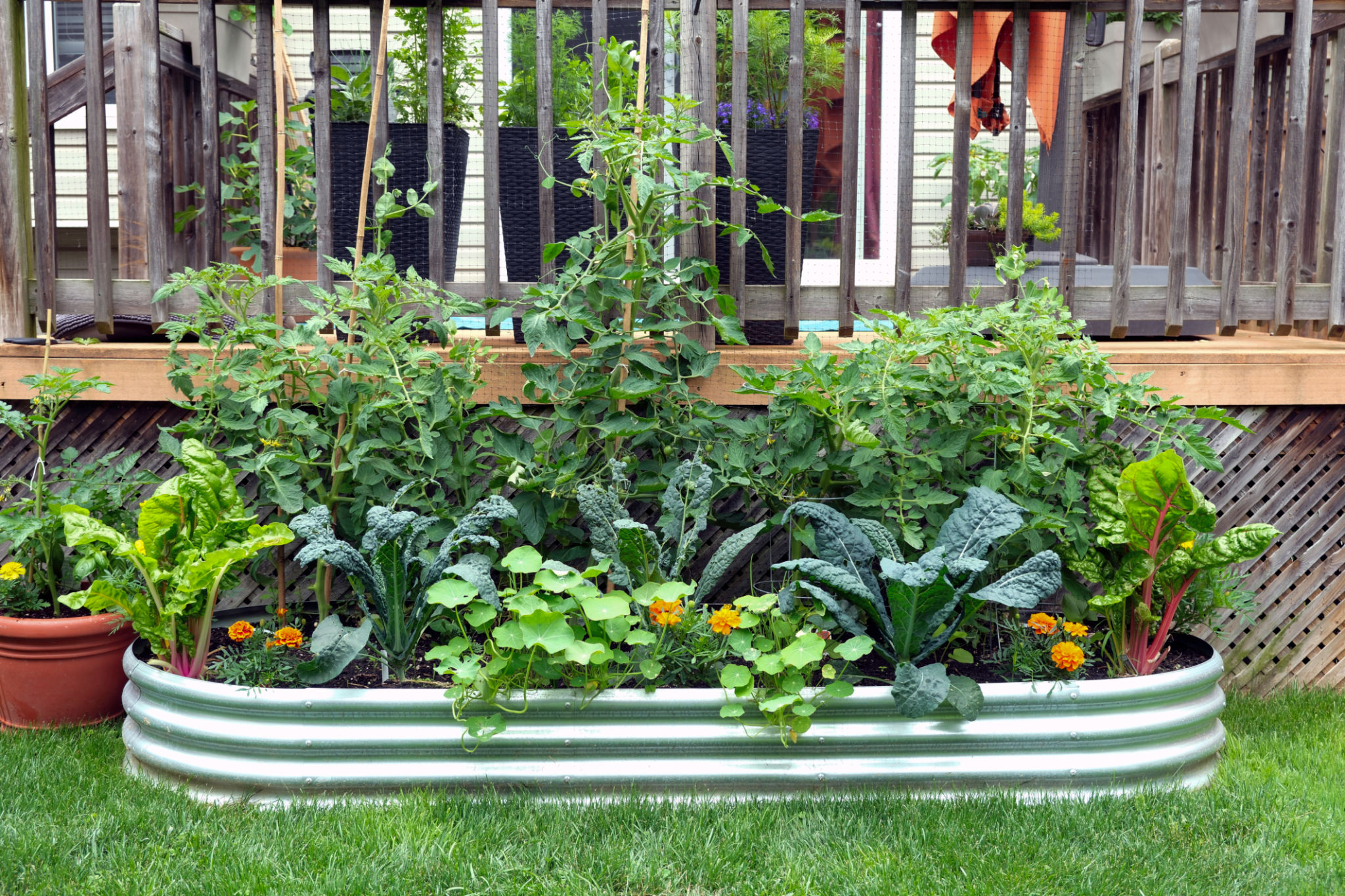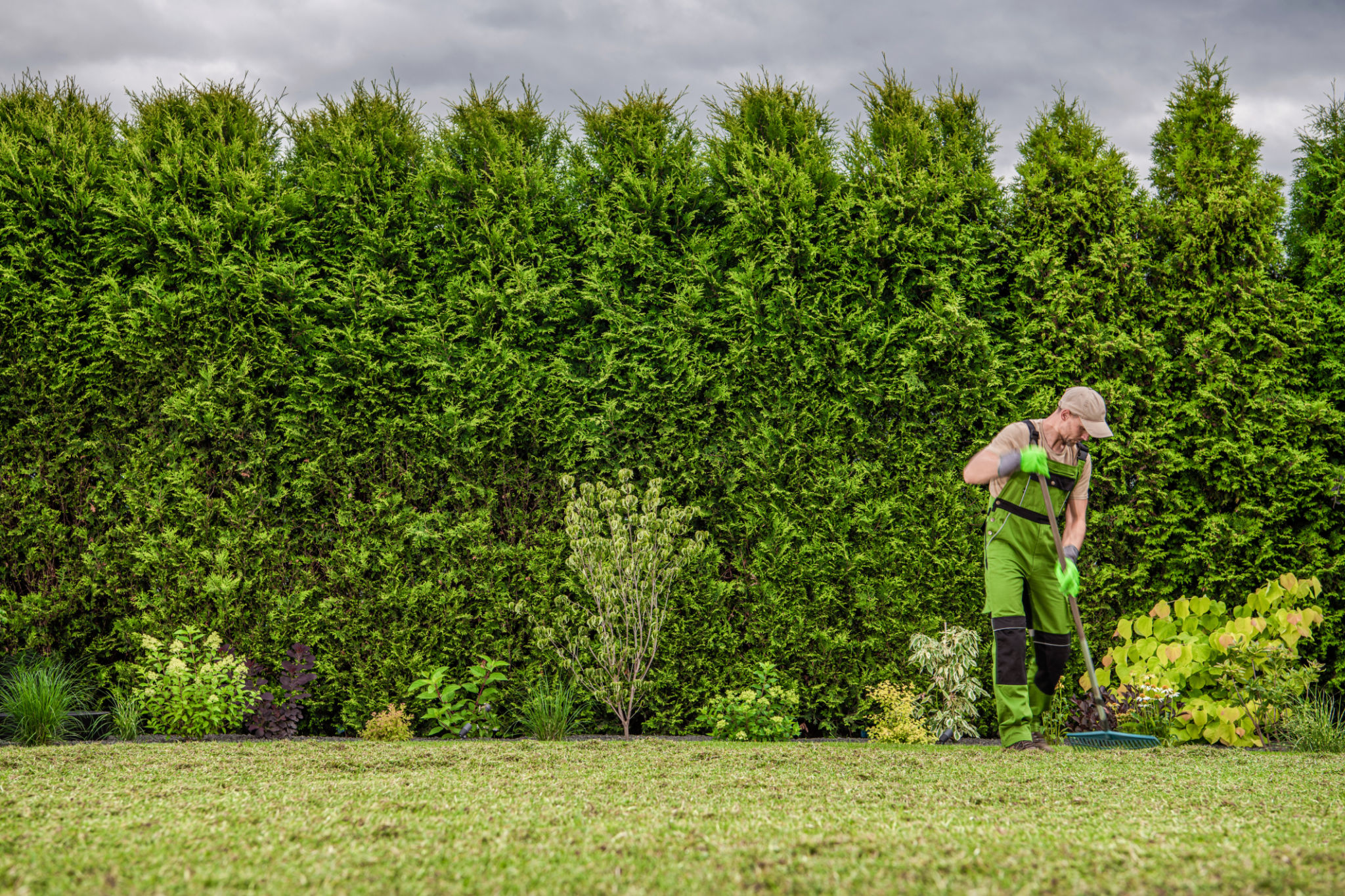Top 5 Landscaping Trends for Lancaster Homes
Embrace Native Plants
One of the most significant trends in Lancaster landscaping is the use of native plants. These plants are well-suited to the local climate and require less maintenance, making them an environmentally friendly choice for homeowners. By opting for native species, you can create a beautiful, sustainable garden that supports local wildlife and minimizes water usage.

Benefits of Native Plants
Native plants offer numerous benefits, including reduced need for fertilizers and pesticides, increased biodiversity, and improved soil health. They also provide essential habitats for bees, butterflies, and other pollinators. By incorporating these plants into your landscape design, you can enjoy a thriving garden that contributes positively to the local ecosystem.
Outdoor Living Spaces
Homeowners in Lancaster are increasingly investing in outdoor living spaces to extend their homes beyond the four walls. From patios and decks to outdoor kitchens and fire pits, these spaces provide a perfect setting for entertaining or unwinding after a long day. Creating a seamless transition between indoor and outdoor areas enhances the overall living experience.
Design Elements for Outdoor Spaces
Consider incorporating comfortable seating, ambient lighting, and weather-resistant materials to make your outdoor space both functional and inviting. Adding elements like pergolas or shade sails can offer protection from the sun while maintaining an open-air feel. These features make your outdoor area a cozy retreat regardless of the season.

Edible Gardens
The trend of edible gardens is gaining traction as more homeowners seek to grow their own food. Incorporating fruit trees, berry bushes, and herb gardens into your landscape not only provides fresh produce but also adds beauty and diversity to your yard. This trend encourages sustainable living and can be both educational and rewarding.
Planning Your Edible Garden
Start by assessing your garden's light exposure and soil conditions to choose suitable plants. Consider companion planting to optimize growth and repel pests naturally. Edible gardens can be integrated into existing landscapes or designed as dedicated areas, making them a versatile option for any home.

Sustainable Landscaping Practices
Sustainability is at the forefront of modern landscaping trends. Homeowners are adopting practices such as rainwater harvesting, composting, and using organic mulch to reduce their environmental impact. These practices not only conserve resources but also promote healthier plants and soil.
Implementing Sustainable Solutions
Consider installing rain barrels to collect water for irrigation or using permeable paving materials to reduce runoff. Composting kitchen scraps and yard waste creates nutrient-rich soil amendments, supporting plant health naturally. These solutions are simple yet effective ways to make your landscape more eco-friendly.

Low-Maintenance Designs
Today's busy lifestyles have given rise to the popularity of low-maintenance landscapes. Homeowners are opting for designs that require minimal upkeep while still delivering aesthetic appeal. This trend focuses on selecting hardy plants, utilizing ground covers, and incorporating automated irrigation systems.
Creating a Low-Maintenance Yard
Choose drought-tolerant plants and ground covers that suppress weeds and reduce the need for mowing. Automated irrigation systems can efficiently water your garden, saving time and resources. By focusing on these aspects, you can enjoy a beautiful yard without the constant upkeep.

